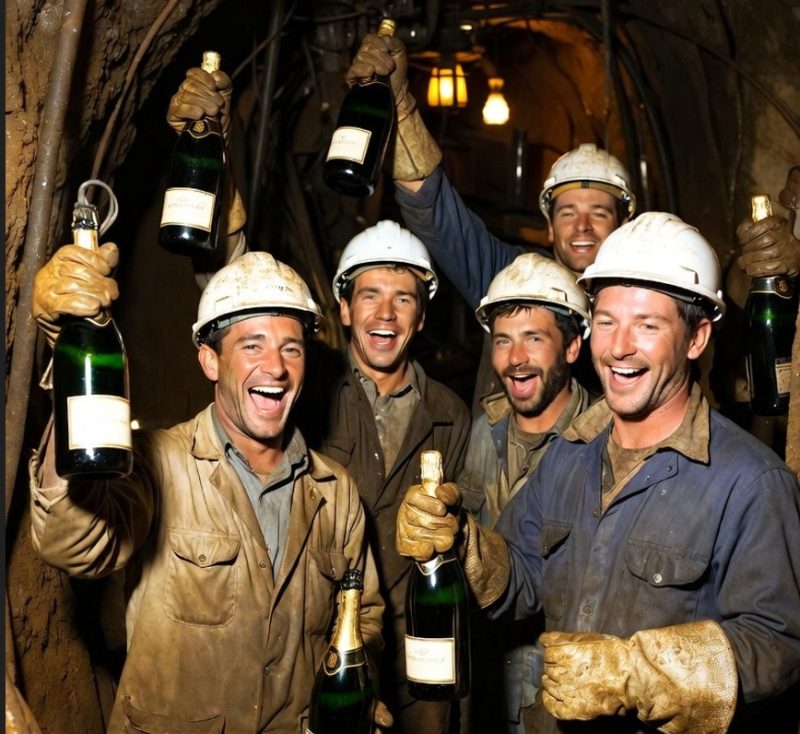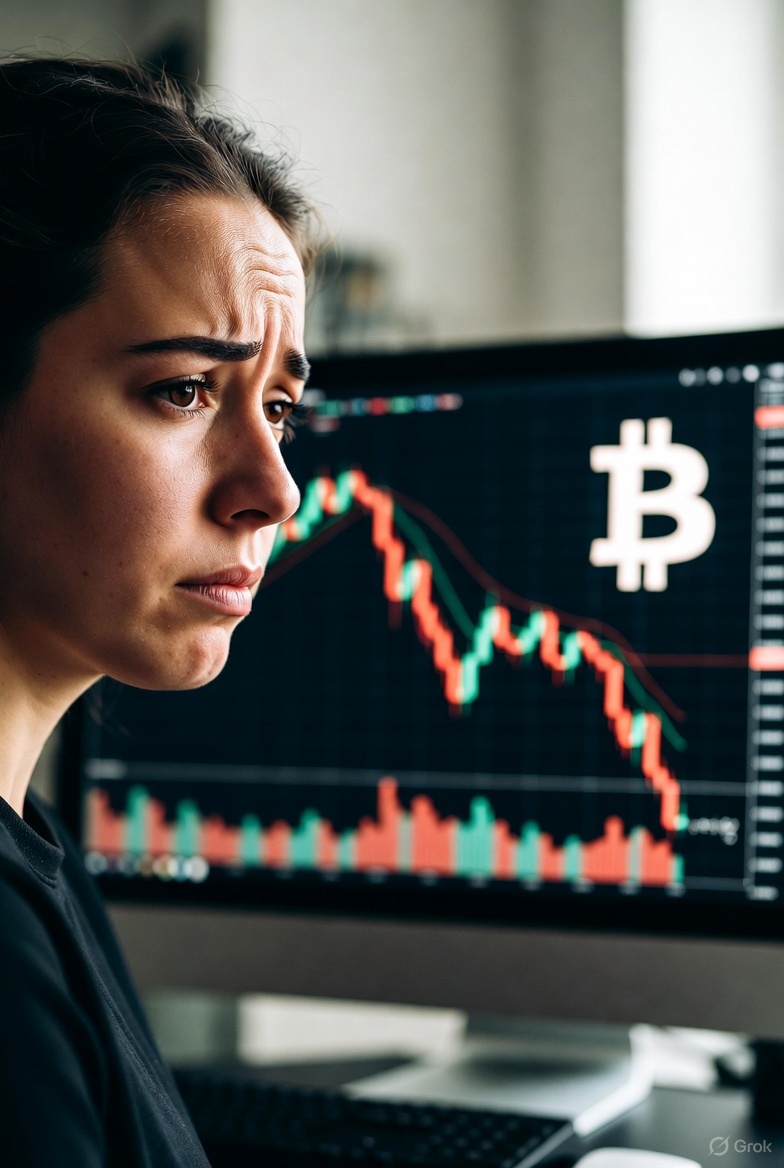
How Misplaced Trust in ‘Expert’ Opinions Led Me to Embrace Technical Analysis
If you’ve been following me for a while, you know I firmly believe in trend following. I’ve learned that price action contains most—if not all—the information you need to succeed in the stock market (or any market, for that matter). But why did I become such a staunch advocate for technical analysis and skeptical of fundamentals?
It boils down to personal experience. I’ve learned the hard way that so-called “expert” opinions are often worth nothing. Today, I’ll share with you 3 fundamental blunders I made that steered me toward the Dow Theory, relative strength, and technical analysis in general. Thankfully, none of these mistakes were catastrophic—I didn’t bet the farm—but they were eye-opening. And while I’ve taken some creative license with the names of the companies involved, the lessons are real.
Blunder 1: The Canadian Paper Company (BW) – A “Value Play” Gone Wrong

Back in 2009, I bought into a Canadian paper company, let’s call it “BW,” which was touted as a classic value play. According to a well-known fund manager, Mr. T, BW’s land and timber holdings far exceeded its debt, making it an absolute steal. Despite the decline in paper demand, BW had supposedly secured its markets, and its assets were valued well above its liabilities. The story was compelling, so I bought in—despite the clear downtrend in the stock.
What happened next? BW filed for bankruptcy protection. Shareholders like me were wiped out, while creditors ended up with new shares when the company emerged from bankruptcy in 2010. In short, while the company survived and became leaner and more competitive, I was left with nothing. The “value” may have materialized for someone, but not for the original shareholders.
Lesson learned: value can be elusive and not be for you, and price action never lies.
Blunder 2: The Venezuelan Gold Mine – Don’t Trust Communists
In 2006, I attended a conference where one of the directors of a gold mining company—let’s call it “BrokenGlass”—touted their big find in Venezuela. As they claimed, it was a new “El Dorado,” and the stock was set to skyrocket once mining operations began.
I was skeptical. I raised my hand and asked the director if he wasn’t worried about Chávez nationalizing the mine. He reassured me they were in good standing with the government, building schools, and supporting local communities. But my instincts told me otherwise: “The f***ing Chavez is going to screw the Canadians up.”
Well, the honeymoon with the communists abruptly ended when, in 2008, Venezuela denied BrokeGlass a key environmental permit, effectively preventing the company from constructing the mine. Following this, Venezuela took steps to nationalize its gold mines.
By 2011, BrokenGlass’s stock had plummeted to just $0.10 per share.
Another hard lesson: political risk can’t be ignored no matter how compelling the story. The good thing is that I did “pass.”
Blunder 3: The Oil Exploration Company – The Slow Burn. Capital buried for almost 20 years and counting.
My third blunder is still unfolding, but the story is equally instructive. I invested in a private equity offering from a Cyprus-based oil exploration company that had secured drilling leases in Central Asia.
The investment was recommended by a former big-shot analyst of an investment fund. As usual, he said that given the proven reserves and proximity of the oil to the surface, this oil-drilling operation could be profitable even with oil priced at $20, and the oil and gas reserves were huge.
The deal looked too good to pass up. Proven reserves, favorable geography, and a projection of 20x returns made it sound like a sure thing.
There was an initial private offering at $1 a share. My friend and analyst said the company was worth at least $20 a share. He expected the company to go public around one year after the private equity placement, and we would cash out with an x20 gain.
Sounds great, isn’t it?
But nothing is ever that simple. A neighboring country contested the drilling territory, leading to years of negotiations. Then came the Ukraine-Russia war, which further delayed any progress. While the company has managed to scrape together enough funding to keep the lights on, we’ve yet to see a single drop of oil, while our original stake has been dilluted by the new issuance of shares.
Now, 17 years later, my friend—who originally recommended the investment—remains optimistic. He believes we might still get a decent return, but the opportunity cost has been enormous. Even if we cash out after 20 years with an x5 return, it would still be a mediocre investment for me, amounting to an 8.3% CAGR for a high-risk, illiquid asset. The Dow Theory and my timing indicators have delivered better returns while remaining liquid and minimizing drawdowns.
The lesson here? No one can predict the future, and sometimes, even when the fundamentals seem sound, the unknowns can derail everything. And even if I manage to cash out, the return will be mediocre compared to what I could’ve achieved by simply following the trends in the market.
Bottom line: Even the best explanation of an investment theme can go wrong. We must be humble (at least when investing) and accept that we are not omniscient. Well-crafted narratives do not necessarily translate into performance. You will be ruined or prosper by price action, not words. Or, as Ed Seykota put it:
“Fundamentals that you read about are typically useless as the market has already discounted the price, and I call them “funny-mentals”. However, if you catch on early, before others believe, you might have valuable “surprise-a-mentals”.
Sincerely,
Manuel Blay
Editor of thedowtheory.com




